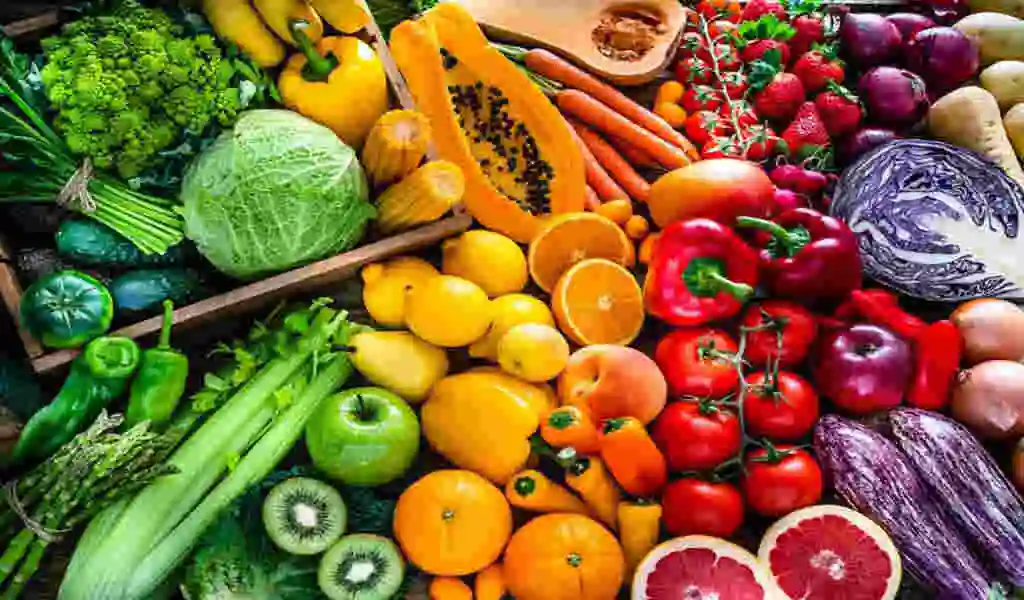(CTN News) – Choosing healthy foods can be confusing when it comes to food and nutrition. Health experts disagree on what constitutes healthy food, and the government’s definition is outdated.
Is it possible to choose healthy foods amidst all the jargon and hype?
“Healthy” has been defined by the Food and Drug Administration since 1994. There are limits on sodium, cholesterol, saturated fat, and total fat.
Additionally, foods must provide at least 10 percent of the Daily Value for vitamin A, calcium, iron, and fiber. The parameters were developed 30 years ago, and both science and consumers have changed considerably since then.
Healthy foods should be distinguished from healthy diets. Diets that are healthy provide all the nutrients needed to maintain health and energy levels and prevent or manage certain diseases. Even foods that are not considered healthy can be incorporated into a healthy diet. Food and beverages are defined differently by different people.
Earlier this year, the FDA proposed a new definition of “healthy” claims on food packages. Nutrition science and federal dietary guidelines, as well as the current Nutrition Facts label, would guide the changes to the definition of “healthy”.
Fruits, vegetables, grains, dairy products, and protein are all required to qualify as “healthy” foods. Moreover, it would set specific limits on sugar, saturated fats, and sodium. Fruit and vegetables that are raw and whole would qualify as “healthy.”
The proposed definition also includes water, avocados, nuts, seeds, fatty fish like salmon, and some oils. According to the proposed definition, white bread, highly sugar-sweetened yogurts, and highly sugar-sweetened cereals would no longer be considered “healthy” under the current definition.
There are steps we can take to ensure we eat a diet of nutritious, health-promoting foods while experts work to align.
The “healthy” claim for foods and beverage products with current scientific evidence.
-
Sodium content can be found on the Nutrition Facts label. A product with more than 400 mg of sodium per serving is considered high in sodium, and a product with 140 mg or less is considered low in sodium.
-
Check the Nutrition Facts label for sugar content. Aim to limit added sugars to less than 10% of total daily calories for those two years and older. The recommended daily sugar intake for women is 24 grams and for men is 36 grams.
-
It is best to choose whole grain products that contain at least 3 grams of fiber per serving, such as bread, cereal, crackers, tortillas, and pasta.
-
It is best to choose fresh, frozen, and canned meat, poultry, and seafood products that have minimal added ingredients. The addition of additional can contribute to an excess of sugar, salt, and fat.
-
Check the food package for an ingredient list. As the product’s first three ingredients make up the majority, pay attention to them.
-
Vegetables, fruits, dairy, grains, and protein are all considered whole food ingredients.
SEE ALSO:
Chronic Kidney Disease And Type 2 Diabetes Patients Needed For Trial






